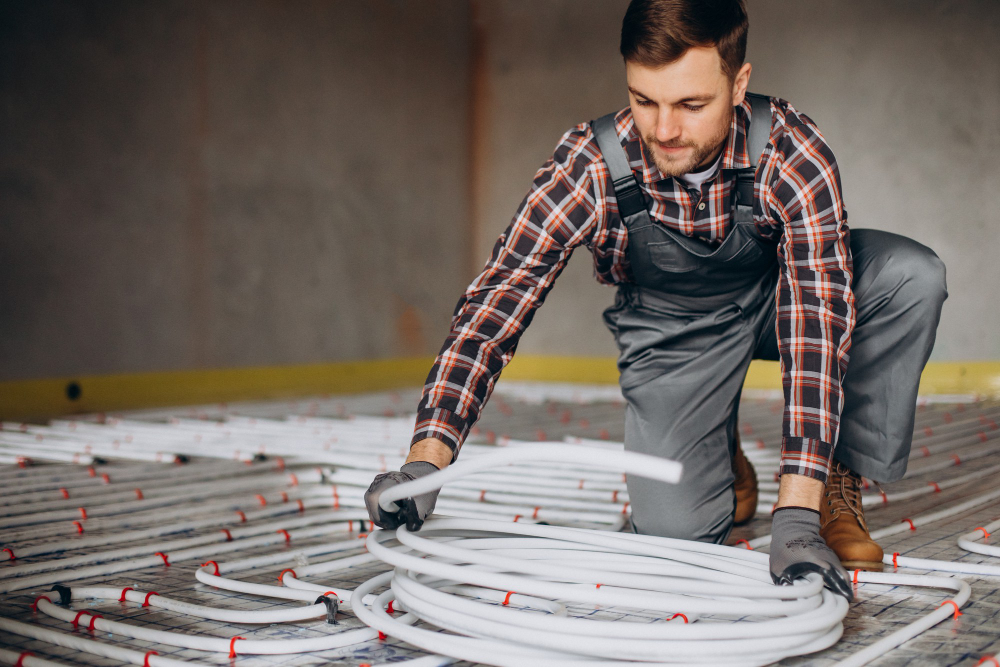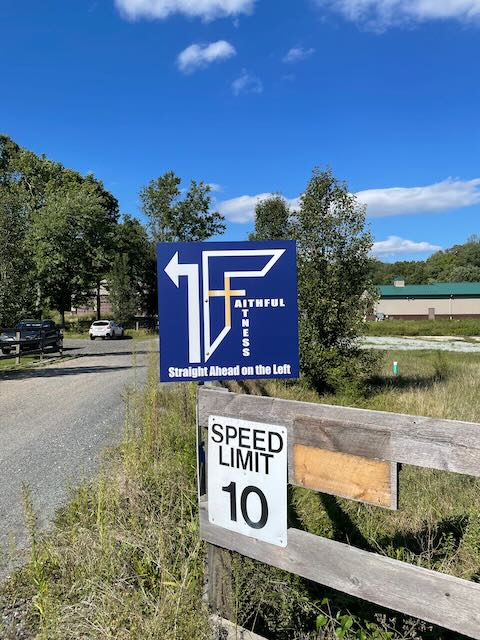
Seamless Ground Source Heat Pump Installation for Ultimate Efficiency
Looking for an energy-efficient, eco-friendly method to heat and cool your home while saving money over time? Enter ground source heat pumps (GSHPs). These innovative systems are redefining home comfort, but here’s the thing—not all installations are created equal. A seamless installation plays a pivotal role in ensuring these systems perform at their best.
This guide will walk you through everything you need to know about ground source heat pumps installation, from how they work and their environmental benefits to the steps involved in achieving a flawless setup. Whether you’re planning your first installation or considering an upgrade, we’ve got you covered.
Understanding Ground Source Heat Pumps
How Do Ground Source Heat Pumps Work?
At their core, GSHPs utilise the Earth’s stable underground temperatures to provide heating, cooling, and even hot water. They extract geothermal energy through a network of pipes buried beneath the surface, transferring that energy into your home. It’s sustainable, efficient, and doesn’t rely on fossil fuels.
Key Components of GSHPs
- Heat Exchanger: Transfers heat between the ground and the system.
- Ground Loop: A network of pipes installed underground to absorb geothermal energy.
- Heat Pump Unit: The engine of the system that converts the geothermal heat into usable energy.
Types of Ground Loops
- Closed-loop systems
-
- Horizontal: Pipes are buried in shallow, horizontal trenches.
- Vertical: Pipes are drilled deep into the ground, ideal for space-limited properties.
- Open-loop systems
-
- Utilise nearby water sources like a well or a pond, extracting and returning water for heat exchange.
Why Seamless Installation is Critical
When it comes to GSHPs, the phrase “seamless installation” isn’t just a nice-to-have; it’s essential for achieving optimal performance. Here’s why it matters.
1. Maximising Energy Efficiency
A precisely installed GSHP ensures minimal heat loss, which means you get the most out of your system while keeping utility bills low.
2. Reducing Operational Costs
Proper installation eliminates inefficiencies that could lead to higher energy consumption, saving you money in the long term.
3. Enhancing Longevity
Well-installed systems experience less wear and tear. When done right, a GSHP can last upwards of 20-25 years.
4. Minimising Environmental Impact
Seamless setups drastically reduce your carbon footprint by optimising energy use and lowering greenhouse gas emissions.
Steps to a Seamless Ground Source Heat Pump Installation
The installation process can seem overwhelming, but it’s much easier to manage when broken into steps.
1. Site Assessment and Planning
- Evaluate Soil and Land Conditions
A professional survey determines whether your soil type and space are suitable for a GSHP installation.
- System Size and Type Determination
Whether a horizontal, vertical, or open-loop system suits your property depends on its size and topography.
2. Design and Customisation
- Custom-Tailored Solutions
Every installation is unique. The system design must consider household energy needs, property specifications, and lifestyle preferences.
- Local Regulation Compliance
From permits to environmental checks, ensuring compliance avoids delays and legal hiccups.
3. Installation Process
- Drilling or Trenching for Ground Loops
Pipes are buried underground according to the selected loop system.
- Placing the Heat Pump Unit
The unit is installed indoors and connected to the ground loops.
- Testing and Commissioning
The system undergoes a thorough test run to ensure it’s functioning efficiently.
4. Post-Installation Support
- Regular Maintenance for Optimal Results
Scheduling annual tune-ups and inspections is key to keeping your GSHP running at peak performance.
- Monitoring and Troubleshooting
Many systems now offer monitoring apps to track energy efficiency and flag issues early.
Common Challenges (and How to Overcome Them)
1. Site Limitations
Not enough space for a horizontal loop? Opt for a vertical loop installation instead. Small plots can still enjoy GSHPs with the right customisation.
2. Installation Costs
Although upfront costs may seem high, incentives like government grants or tax benefits can offset them. Plus, the long-term savings outweigh the initial investment.
3. System Integration
Professional installers ensure that GSHPs integrate seamlessly with your existing HVAC systems or modern underfloor heating setups.
How to Choose the Right Installation Partner
Getting your GSHP installation right starts with hiring the right professional.
Why Certified Professionals Matter
Look for installers accredited by reputable organisations like the Ground Source Heat Pump Association (GSHPA). Certification ensures they maintain industry standards.
Ask the Right Questions
- How many GSHP installations have you completed?
- Do you offer post-installation support services?
- Can you provide references or case studies?
Research Reviews
Customer testimonials are a goldmine for gauging reliability and quality of service.
Real-Life Success Stories
Case Study 1
- Location: A three-bedroom home in Hampshire
- Challenge: Limited outdoor space
- Solution: A vertical closed-loop system installed seamlessly.
- Result: Achieved a 40% reduction in heating costs within the first year.
Case Study 2
- Location: A farmhouse in Yorkshire
- Challenge: High energy consumption in winter months
- Solution: Custom system design with a horizontal closed loop.
- Result: Substantially lower energy bills and reduced carbon emissions.
Why It’s Time to Invest in GSHPs
By having a seamless ground source heat pump installation, you’re not just improving energy efficiency but also reducing costs, benefiting the environment, and future-proofing your home. With incentives and grants available, now is the perfect time to make the switch.
Don’t leave your system’s performance to chance. For expert advice and flawless installation, contact a certified professional today.
FAQs
What is the cost of installing a ground source heat pump?
The cost can range between £10,000 and £20,000, depending on factors like property size and system type. However, long-term savings and government grants make it a worthwhile investment.
Are ground source heat pumps suitable for all homes?
Most homes are adaptable, but the feasibility depends on available land, soil conditions, and energy needs. A site assessment will clarify suitability.
How long does installation take?
On average, installation can take 2 to 4 weeks, but this depends on the complexity of the system and site conditions.




